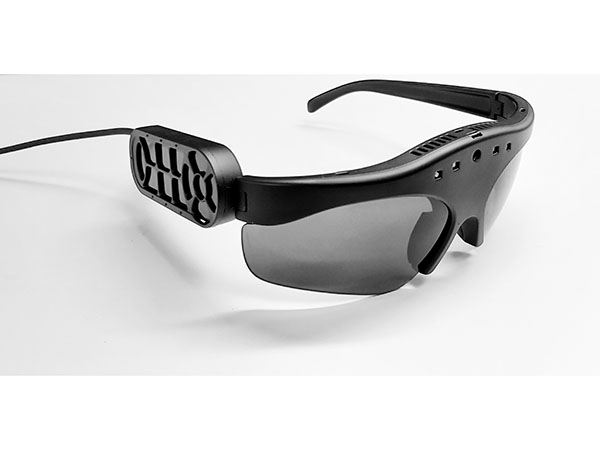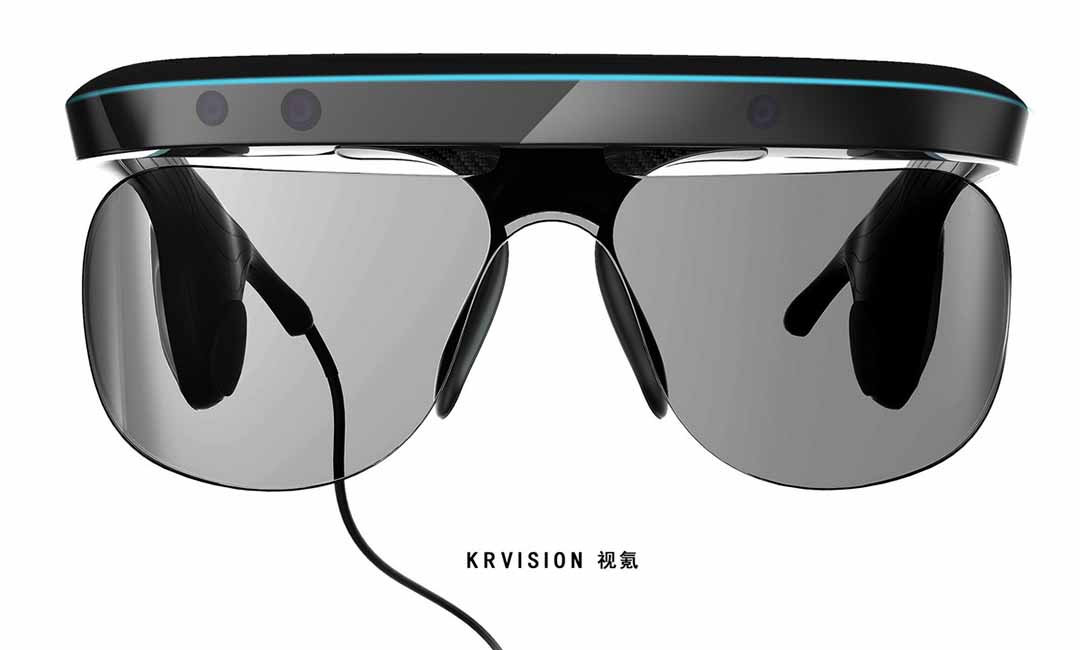Voice-Activated Assistive Devices: Empowering the Visually Impaired Through Innovation
Voice-Activated Assistive Devices: Empowering the Visually Impaired Through Innovation
Blog Article
Empowering Independence With Assistive Technology for the Blind
The assimilation of assistive innovation for people that are visually impaired or blind stands for a significant innovation in promoting independence and improving top quality of life. With a variety of tools-- from display readers to cutting-edge tactile devices-- these technologies not only promote navigation and communication yet likewise promote social addition and engagement in numerous elements of life.
Recognizing Assistive Innovation
Although assistive innovation has evolved substantially for many years, its essential function stays the exact same: to improve the lifestyle for people with impairments, specifically those who are visually impaired or blind. This innovation incorporates a broad range of tools and tools that assist in freedom and capability in day-to-day tasks.
Assistive technology can be categorized into state-of-the-art and low-tech solutions, each developed to satisfy particular demands. High-tech devices commonly include software applications, specialized equipment, and adaptive tools that utilize innovative technology to offer assistance in various contexts. Conversely, low-tech remedies might involve day-to-day things that are modified to enhance availability, such as magnifiers or responsive pens.
The combination of assistive technology right into the lives of people that are blind or visually impaired not just advertises freedom however also fosters social inclusion and involvement in expert and educational settings. By leveraging these modern technologies, individuals can browse their surroundings, access details, and interact successfully, thus enhancing their total quality of life. Understanding assistive technology is vital for professionals, caretakers, and advocates who intend to support individuals in optimizing their potential and attaining better self-reliance.
Types of Assistive Tools
Assistive tools for the visually impaired and blind are necessary tools that improve daily living by addressing details difficulties experienced by individuals. These tools can be broadly categorized right into three primary kinds: optical devices, digital gadgets, and sensory tools.

Sensory tools, such as Braille displays and responsive maps, offer different ways to receive details. Braille displays convert digital message right into Braille, allowing users to read via touch. Tactile maps use spatial understanding via increased structures and lines, enabling far better environmental understanding.
Together, these assistive gadgets equip people with aesthetic problems to involve even more totally with their surroundings, promoting better self-reliance and confidence in day-to-day activities.

Effect On Daily Life
The integration of assistive technology into the daily lives of individuals who are visually damaged or blind significantly improves their capacity to browse and engage with the globe around them. Devices such as display visitors, Braille presents, and mobile applications promote accessibility to details, allowing individuals to engage with digital content, connect efficiently, and handle day-to-day jobs individually.
Furthermore, innovations like wise glasses and navigating applications supply real-time support in unknown atmospheres, improving flexibility and confidence. These tools enable users to recognize barriers, reviewed indications, and even recognize faces, thus fostering a feeling of freedom in public spaces. Additionally, home automation systems, which can be controlled through voice commands, permit people to manage their living settings better, boosting convenience and safety.
The effect of assistive innovation extends past useful tasks; it advertises social incorporation and psychological health. By connecting the space between people and their environments, these innovations equip individuals to take part completely in area tasks, go after educational chances, and take part in meaningful relationships. Eventually, the innovation of assistive innovation contributes in redefining the possibilities for people who are visually damaged or blind, causing an extra inclusive and obtainable culture.
Success Stories and Reviews

One more effective testimony originates from Mark, a recent college graduate that used screen analysis software application throughout his academic trip. This technology allowed him to accessibility training course products and take part in conversations, ultimately bring about his successful change right into the labor force. Mark credit scores assistive innovation for empowering him to attain his occupation goals, emphasizing its function in leveling the having fun field for people with visual problems.
Additionally, recreation center have reported boosted involvement in their programs many thanks to the introduction of obtainable digital platforms. These platforms have made it less complicated for individuals to attach, share resources, and assistance one another. These success tales jointly underscore the extensive impact of assistive modern technology in fostering freedom, boosting quality of life, and damaging down obstacles for the visually damaged and blind neighborhood.
Future Fads in Assistive Tech
Arising modern technologies are positioned to revolutionize the landscape of assistive tech for individuals that are visually impaired or blind. Developments in expert system (AI) and artificial intelligence are boosting the more tips here abilities of gadgets, enabling even more intuitive individual experiences. AI-driven applications are progressively able to read and recognize items text aloud in real-time, supplying individuals with valuable details regarding their surroundings.
In addition, developments in wearable innovation are developing new possibilities for freedom. Smart glasses equipped with enhanced reality features can overlay essential info onto the individual's field of view, promoting navigating and interaction with the setting. Furthermore, the assimilation of Web of Points (IoT) tools is enhancing ease of access in wise homes, permitting users to regulate home appliances and receive notices via voice commands or responsive user interfaces.
The growth of braille displays and tactile feedback systems is also on the increase, promoting accessibility to digital web content and improving communication. As these technologies remain to progress, they promise to improve daily living, academic chances, and work official source leads for people with aesthetic impairments. Continual partnership in between technologists, users, and campaigning for teams will be essential in making certain these technologies meet the requirements of the community properly.
Conclusion
To conclude, assistive innovation plays a critical function in boosting the self-reliance of people that are aesthetically damaged or blind. By giving important devices and sources, these modern technologies facilitate boosted communication, navigating, and accessibility to info, therefore promoting freedom and self-confidence. The transformative impact of assistive gadgets not just promotes effective interaction with the setting but likewise urges social incorporation and participation in various facets of life, ultimately equipping customers to thrive within their areas.
The assimilation of assistive technology for people that are blind or aesthetically damaged represents a considerable improvement in cultivating self-reliance and improving high quality of life.The combination of assistive modern technology into the lives of individuals who are blind or visually impaired not only promotes autonomy but additionally fosters social inclusion and participation in educational and expert environments. Ultimately, the development of assistive innovation is important in redefining the opportunities for people who are aesthetically impaired or blind, leading to a much more accessible and comprehensive society.
Lots of individuals who are visually impaired or blind have shared motivating success tales that highlight the transformative effect of assistive innovation on their lives.In conclusion, assistive innovation plays a critical duty in see post improving the self-reliance of people who are blind or aesthetically impaired.
Report this page